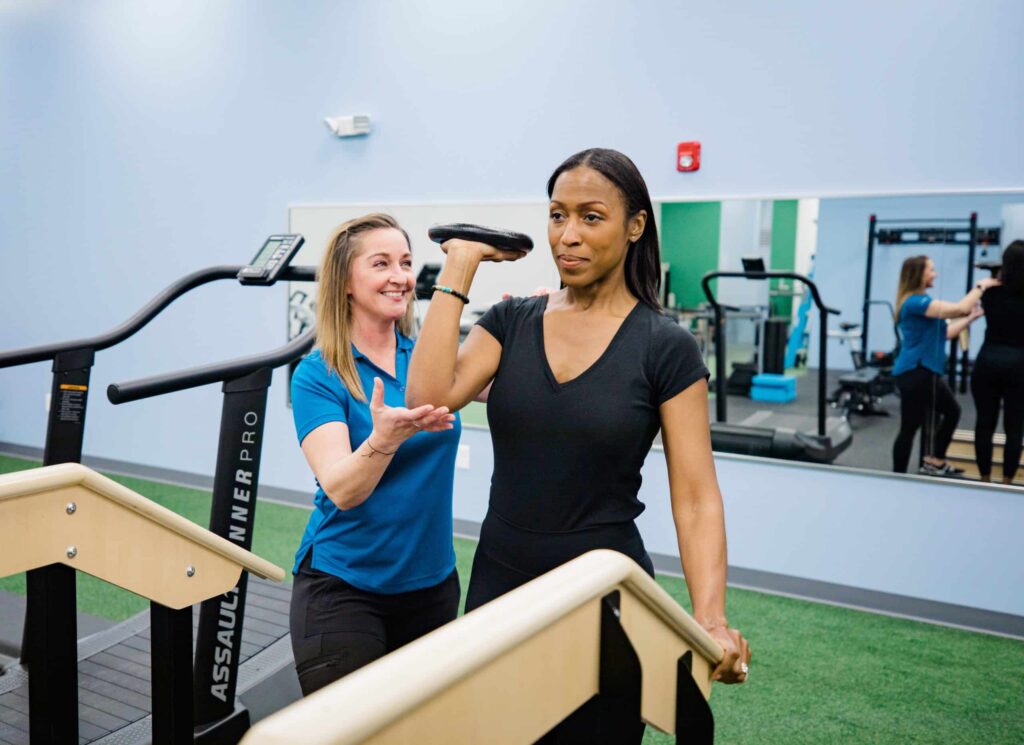Hurt at Work While Working from Home
Be it ever so humble, there’s no place like home.
Between 2019 and 2021, the number of people working from home tripled from 5.7% (roughly 9 million people) to 17.9%. For most people, the thought of “home” conjures thoughts of comfort and safety. One would think this translates to working from home as well. However, since people are getting their work done on their kitchen counters and dining tables—which are usually too high—it’s not surprising that there’s an increase in work-from-home-related injuries.
Defining a Work-From-Home Injury
Any injury that occurs “out of and during the course of” performing work or job-specific tasks may be considered a compensable work-related injury. However, this can be a gray area as oftentimes, a person may be multi-tasking between home and work-related duties. Additionally, most work-from-home duties are not considered physically demanding, so the idea of sustaining an injury while performing duties of limited exertion is sometimes difficult to perceive. Depending on the injury itself and the state in which it takes place, as well as job-specific policies related to working from home, these injuries may be covered by workers’ compensation insurance.
Examples of Work-From-Home Injuries
Health care professionals have reported an uptick in work-from-home related injuries including but not limited to:
- Low-back injuries
- Mid-back and cervical injuries
- Shoulder injuries
- Wrist and hand injuries
Many of these injuries are related to poor posture, prolonged sitting, repetitive wrist and hand activity, and eye strain. All these injuries are common due to working on computers without the typical ergonomic appliances available in the office setting and the resulting positioning. Remote employees have experienced rotator cuff injuries of the shoulder, “pinched nerves” in the neck, and lumbar or lower back disc pain, all of which can be attributed to postural faults and fatigue.
Managing Work-From-Home Injuries
Prevention is the best medicine. That’s why standing up, stretching, and taking breaks throughout the day is essential. Some things that can aid in work-from-home injury prevention are:
- Walking and stretching help to stimulate blood flow and circulation
- Creating a workstation that provides some amount of back, wrist, and forearm support.
- Aligning your computer monitor at eye level to reduce eye and neck strain
- Having your keyboard set so your elbows are at 90 degrees and your shoulders relaxed and NOT rolled forward
If an injury occurs, it is imperative to report the injury immediately to your direct supervisor and request the necessary information to allow for consultation with a medical professional as necessary.
How Can Physical Therapy Help?
As experts in musculoskeletal care and wellness, Physical Therapists can provide the most important tool in dealing with work from home injuries: education! Physical therapists can provide information and prevention measures for:
- Improper posturing
- Ergonomic inefficiencies
- General deconditioning
- Reduction of stressors associated with work-from-home activities
Physical Therapists also provide evidence-based treatment to help manage injury and restore optimal return of function. Treatment best practices may include:
- Manual therapies to promote joint mobility and/or stability
- Therapeutic exercises to improve range of motion, strength, and motor control
- Temporary use of modalities such as heat, ice, and electrical stimulation
- Preventative medicine to reduce the risk of re-injury, which may include an assessment of the workspace with recommendations for improvement
Article By: Paul Heim, PT
Paul began his Physical Therapy career 40 years ago. Paul loves working with the industrial medicine population and believes in the importance of providing education, empathy and compassion to his clients. He currently specializes in orthopedic care and industrial medicine. Paul currently treats patients at IyyRehab Physical Therapy in Vineland, New Jersey.







